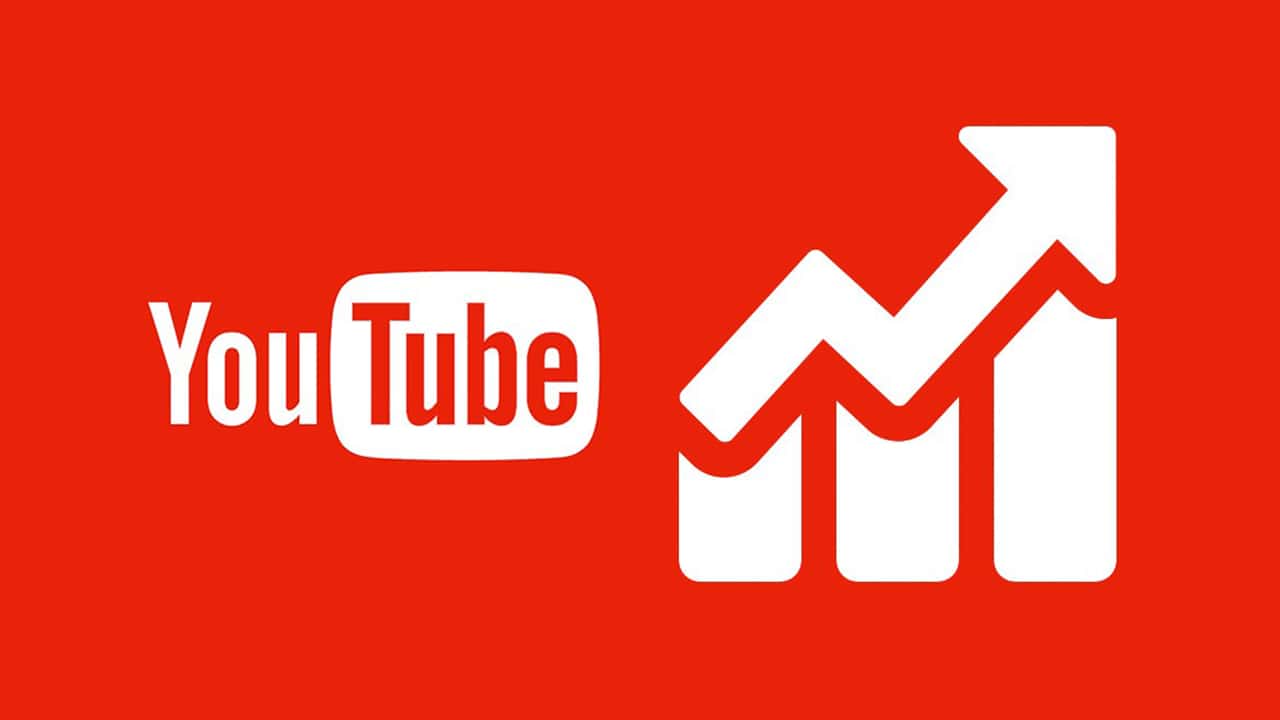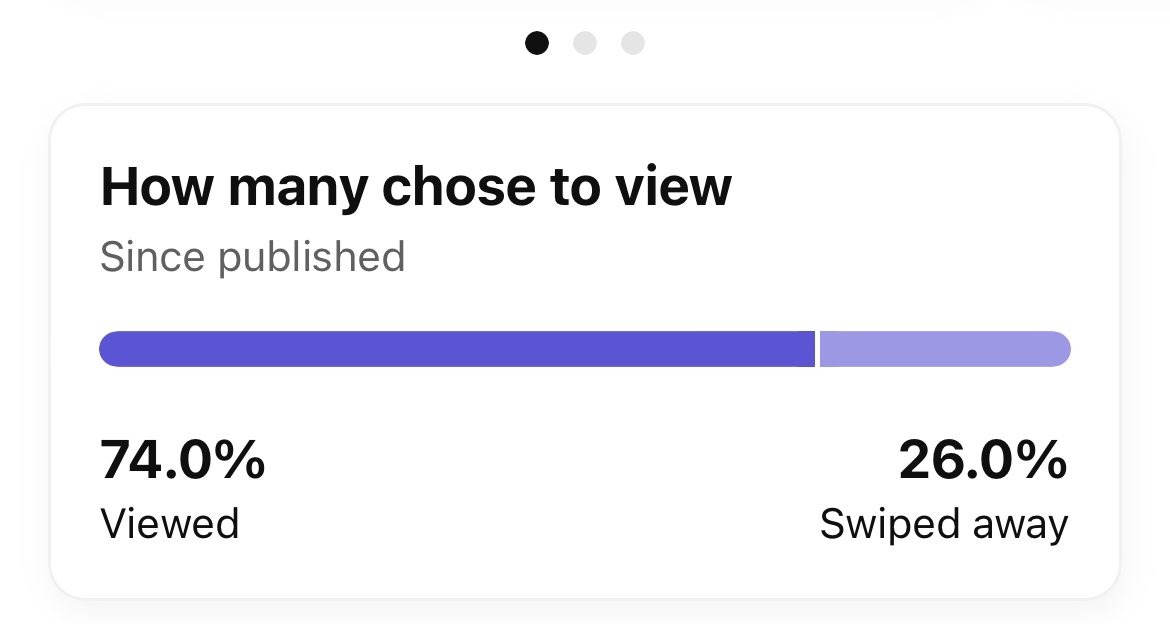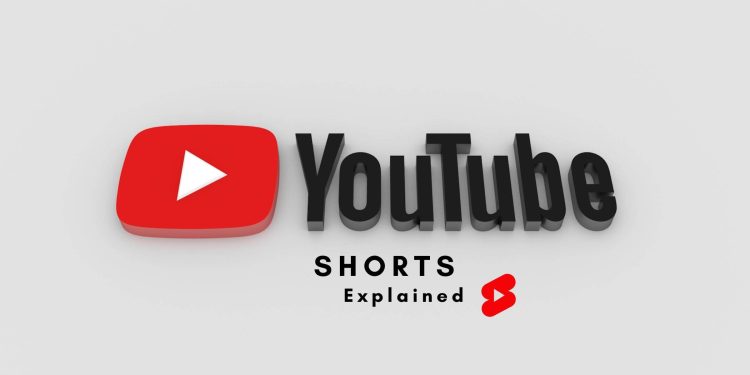Youtube Shorts
YouTube Shorts is a new tool that allows users to produce 60-second or shorter films. This function has swiftly acquired popularity, with millions of users creating and sharing short videos on the platform. But have you ever wondered what the YouTube Shorts algorithm is all about? In this article, we’ll explore how YouTube’s algorithm works to expose Shorts’ content and make it more discoverable.

To begin, it’s critical to recognize that YouTube Shorts is still in its early phases of development, and its algorithm is continually evolving. However, a few crucial elements will likely influence how your Shorts videos are ranked and recommended.
Duration of the Video
According to a graph of 5400 Shorts videos that have been analyzed, most Shorts fall between 20 and 40 seconds in length, with the most popular range being 30-40 seconds. However, the graph also shows that the most views (1.7 million) are garnered by Shorts in the 50-60 second range. This indicates that a Short’s optimal length is between 30 and 60 seconds.

While length is an essential factor, it’s not the only one. Another critical metric to consider is average watch time. This metric shows the average time a viewer spends watching a video. According to another graph, videos with an average watch time of 50 seconds or more receive 4.1 million views, while videos with lower average watch times receive fewer views. This suggests that the key to creating a successful Short is not just length but also the ability to capture and hold viewers’ attention.

It’s worth noting that while longer Shorts tend to perform better, there are outliers in every length category. This means that creators should not let video length limit their creativity or the quality of content.In addition to the length and average watch time, YouTube Shorts’ algorithm considers viewer engagement when prioritizing videos. YouTube has introduced a new metric for Shorts that measures the percentage of viewers who choose to watch a Short versus those who skip it. This metric is similar to the click-through rate (CTR) metric used for desktop videos.

When analyzing the watch/skip ratio, we can see that videos with a 60% or lower watch ratio tend to underperform, while videos with a balance between 70% and 90% tend to perform the best. While this metric alone is not a measure of success, it does suggest a correlation between watch ratio and views, making it an essential factor for creators to consider.

Subscribe to my channel!
Many content creators believe that Shorts is an effective shortcut when it comes to increasing the subscriber count on YouTube. But is this true? According to research data shown in the graph, we can see the impact of Shorts and long-form videos on increasing subscribers for every 10,000 views. It appears that long-form videos cotribute more to the growth of subscribers per view than Shorts.

However, when we look at channels with at least one million subscribers, Shorts videos show a strong performance in increasing subscribers. We believe this is due to the more engaging messages and attention-grabbing Shorts produced by creators who have already hit one million subscribers. Shorts videos can effectively increase subscriber count compared to the effort and time put into creating them. However, we should remember that having many subscribers on YouTube does not necessarily mean a direct benefit, and there are other important metrics to consider.

Monetization of YouTube Shorts!
Since February 1, 2023, YouTube has activated the option to earn money from Shorts content. Shorts partners can earn revenue from the ads displayed among the videos in the Shorts Feed. This new revenue-sharing model will replace the YouTube Shorts Fund. To start making money from YouTube, you need to be a part of the YouTube Partner Program. You must have at least 1000 subscribers and 4000 hours of watch time within a year. For Shorts, you must reach 10 million views within 90 days and agree to specific monetization modules.

YouTube Shorts payments will be a bit different. Content creators will receive 45% of the revenue generated from the video, and the rest will go to YouTube. This is the opposite of the revenue split for regular YouTube videos. The total income from the Content Creator Pool will be distributed among the content creators based on their share of total views in each country. The new revenue model for Shorts videos yields twice as much revenue per 1000 views as the previous Shorts Fund model.

As YouTube focuses on Shorts, we can expect these prices to increase even further over time. Shorts’ length doesn’t seem to significantly impact the revenue earned per view compared to longer videos. Although video length and views play an essential role in the revenue calculation for longer videos, the graph shows that the duration of Shorts videos does not significantly affect the income earned. YouTube is ready to share this pie by dividing the money earned among content creators.
















